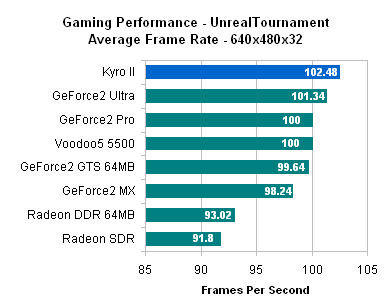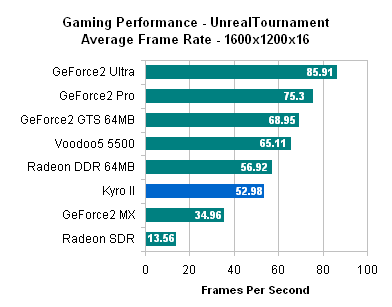erek
[H]F Junkie
- Joined
- Dec 19, 2005
- Messages
- 10,897
Just learned about this Hercules 3D Prophet 4800 series... cancelled Kyro II SE... some consider it even more rare than the Voodoo 5 6000...
I'm on the hunt for one, might have located one but the word is still out ... won't be nice and boxed like this from http://ixbtlabs.com/news.html?01/37/78

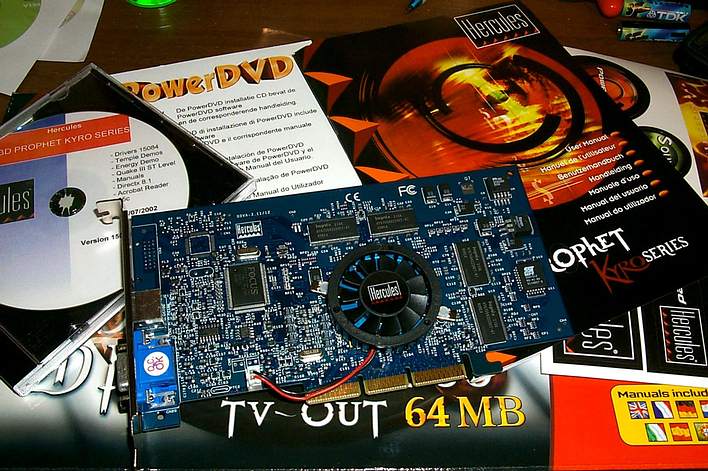
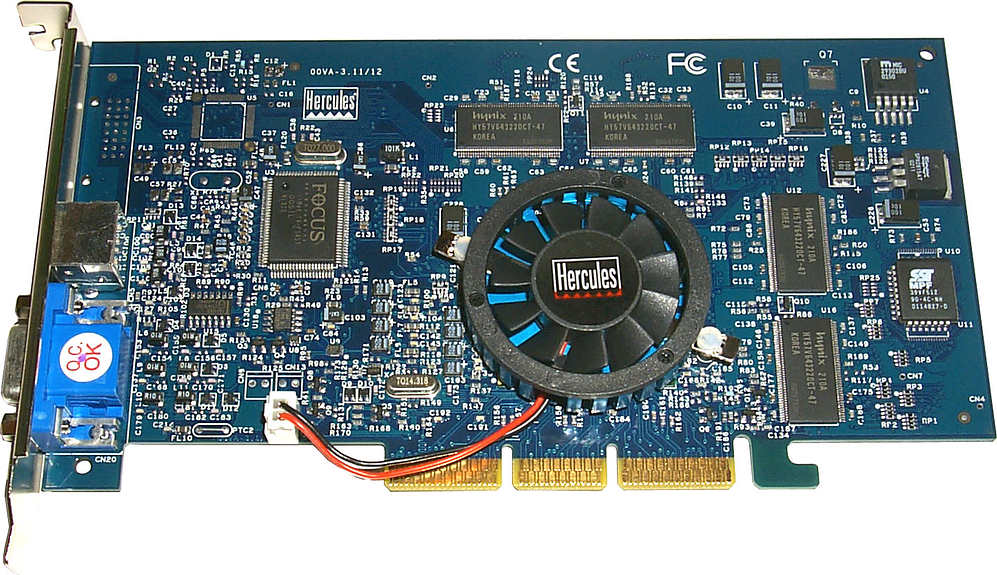
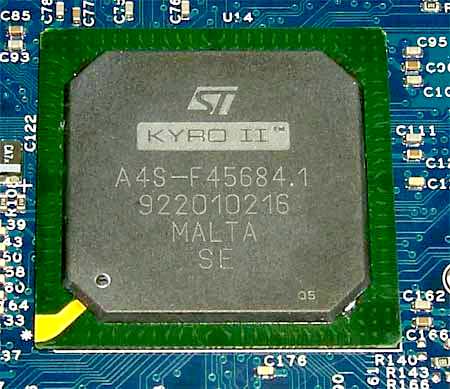
I'm on the hunt for one, might have located one but the word is still out ... won't be nice and boxed like this from http://ixbtlabs.com/news.html?01/37/78




![[H]ard|Forum](/styles/hardforum/xenforo/logo_dark.png)



